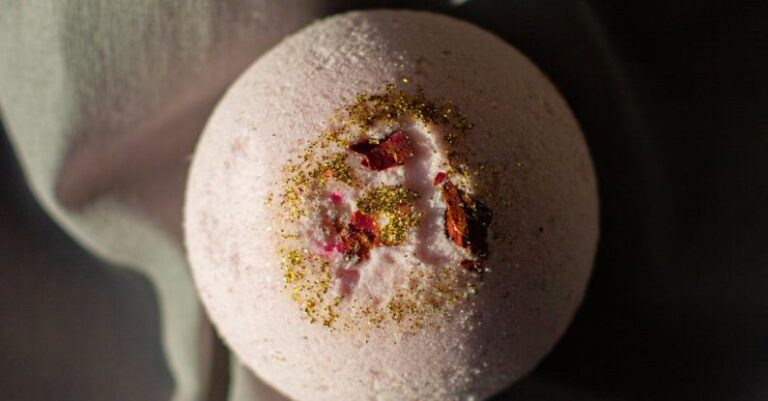
Acne-prone skin can be a frustrating and challenging condition to manage. Dealing with breakouts, inflammation, and the aftermath of acne scars can take a toll on one’s confidence and self-esteem. While there are various skincare products and treatments available to address acne, understanding the key ingredients that can help manage acne-prone skin is crucial for achieving clearer and healthier skin.
Salicylic Acid: A Powerhouse Ingredient
Salicylic acid is a potent ingredient that is highly effective in treating acne-prone skin. This beta hydroxy acid works by exfoliating the skin, unclogging pores, and reducing inflammation. By penetrating deep into the pores, salicylic acid helps to dissolve excess oil and debris, preventing the formation of acne-causing bacteria. Additionally, salicylic acid has anti-inflammatory properties, making it an excellent choice for reducing redness and swelling associated with acne breakouts.
Tea Tree Oil: Nature’s Antiseptic
Tea tree oil is a natural ingredient that has powerful antibacterial and anti-inflammatory properties, making it an excellent choice for treating acne-prone skin. This essential oil helps to kill acne-causing bacteria, reduce inflammation, and soothe irritated skin. Tea tree oil can be used as a spot treatment for active breakouts or diluted with a carrier oil for overall skin application. Its soothing and calming effects make it a popular choice for those with sensitive and acne-prone skin.
Hyaluronic Acid: Hydration for Acne-Prone Skin
Contrary to popular belief, acne-prone skin also requires hydration to maintain a healthy skin barrier. Hyaluronic acid is a hydrating ingredient that can benefit acne-prone skin by providing lightweight moisture without clogging pores. This humectant molecule attracts water to the skin, keeping it hydrated and plump. By maintaining optimal hydration levels, hyaluronic acid helps to prevent the overproduction of oil, which can lead to acne breakouts. Incorporating hyaluronic acid into your skincare routine can help balance oil production and improve the overall health of acne-prone skin.
Niacinamide: The Multi-Tasking Ingredient
Niacinamide, also known as vitamin B3, is a versatile ingredient that offers numerous benefits for acne-prone skin. This powerhouse ingredient helps to regulate sebum production, reduce inflammation, and improve the overall texture of the skin. Niacinamide also has brightening properties, making it an excellent choice for fading acne scars and hyperpigmentation. By incorporating niacinamide into your skincare routine, you can help manage acne breakouts while promoting a smoother and more even complexion.
Retinol: A Game-Changer for Acne
Retinol, a form of vitamin A, is a game-changer for acne-prone skin due to its ability to stimulate cell turnover and unclog pores. This powerhouse ingredient helps to prevent the formation of comedones (clogged pores) and reduce the appearance of acne scars. Retinol also has anti-aging benefits, making it a valuable addition to any skincare routine. However, it is essential to introduce retinol slowly into your regimen to avoid irritation and sensitivity, especially for those with acne-prone skin.
Conclusion: Empowering Your Skin with the Right Ingredients
Managing acne-prone skin requires a targeted approach that addresses the root causes of breakouts and inflammation. By incorporating key ingredients such as salicylic acid, tea tree oil, hyaluronic acid, niacinamide, and retinol into your skincare routine, you can empower your skin to achieve clearer and healthier results. Remember to patch test new products, introduce one ingredient at a time, and consult with a dermatologist for personalized recommendations. With the right ingredients and consistent skincare routine, you can take control of your acne-prone skin and enjoy a smoother, more radiant complexion.





